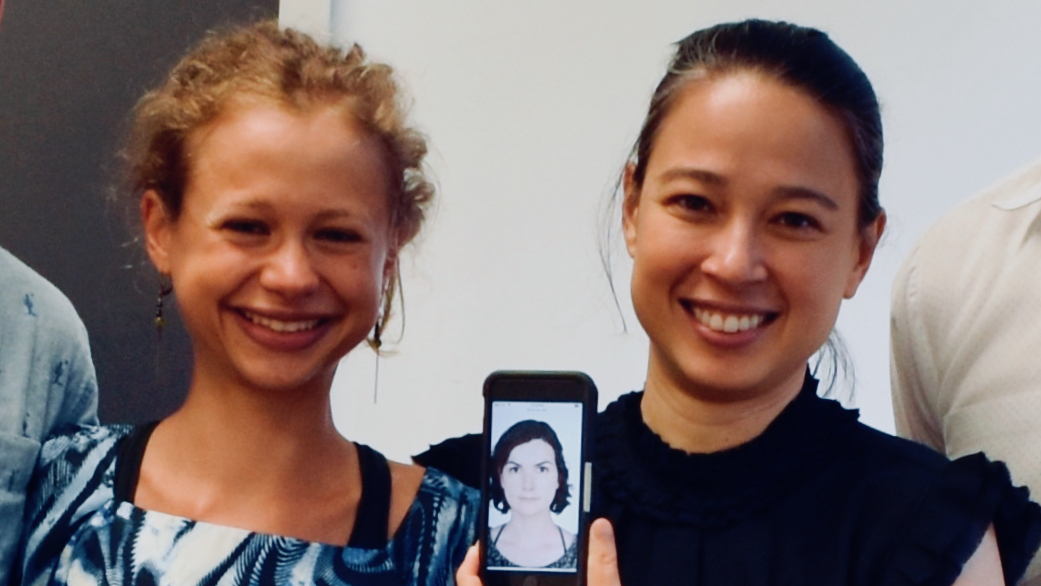Anouk, Annemarie and Valentine in Natural Language Semantics
May 20, 2022

How children discern possibility and necessity modals.
Now in Natural Language Semantics, "Finding the Force" by Anouk Dieuleveut *21 and Annemarie van Dooren *20, with advisor Valentine Hacquard and her collaborator at NYU Ailís Cournane. The paper shows that the in principle possibility of distinguishing (e.g.) possibility from necessity modals, given that anything necessary is also possible, is not problem in practice, as people use such modals in a way that is exceptionally informative as to their force. The paper reports some of the work in Anouk's 2021 dissertation.
Abstract
This paper investigates when and how children figure out the force of modals: that possibility modals (e.g., can/might) express possibility, and necessity modals (e.g., must/have to) express necessity. Modals raise a classic subset problem: given that necessity entails possibility, what prevents learners from hypothesizing possibility meanings for necessity modals? Three solutions to such subset problems can be found in the literature: the first is for learners to rely on downward-entailing (DE) environments (Gualmini and Schwarz in J. Semant. 26(2):185–215, 2009); the second is a bias for strong (here, necessity) meanings; the third is for learners to rely on pragmatic cues stemming from the conversational context (Dieuleveut et al. in Proceedings of the 2019 Amsterdam colloqnium, pp. 111–122, 2019a; Rasin and Aravind in Nat. Lang. Semant. 29:339–375, 2020). This paper assesses the viability of each of these solutions by examining the modals used in speech to and by 2-year-old children, through a combination of corpus studies and experiments testing the guessability of modal force based on their context of use. Our results suggest that, given the way modals are used in speech to children, the first solution is not viable and the second is unnecessary. Instead, we argue that the conversational context in which modals occur is highly informative as to their force and sufficient, in principle, to sidestep the subset problem. Our child results further suggest an early mastery of possibility—but not necessity—modals and show no evidence for a necessity bias.

